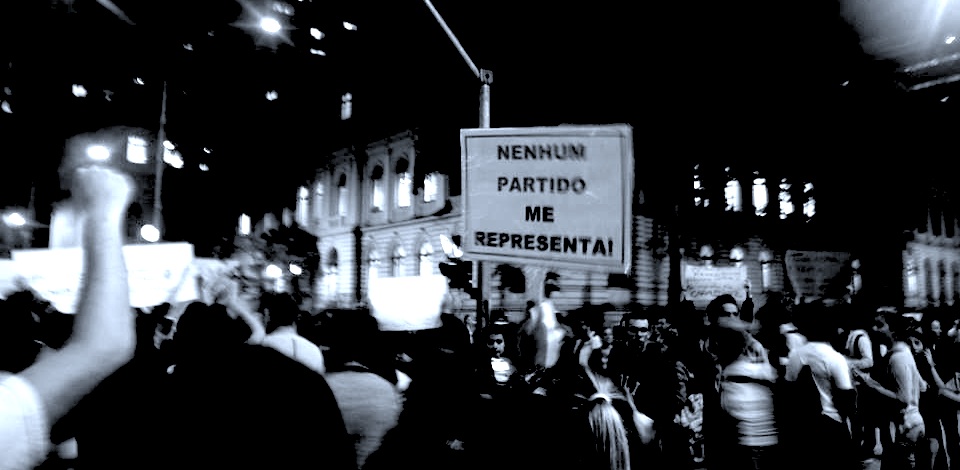1. From Import-Substitution to Neoliberalism
Brazilian ISI was part of a state-led strategy of conservative modernization driven by the expansion of manufacturing industry, with the primary objective of replacing imports. Manufacturing growth departed from the internalization of the production of non-durable consumer goods; it later deepened to include the production of durable consumer goods and simple basic goods and, eventually, capital goods and some technologically complex goods. The share of agriculture in GDP declined from 36% in 1910 to 10% in 1980, while the share of manufacturing rose from 14% to 41%.[3] These shifts were associated with high per capita income growth rates, exceeding 7% per year between 1950 and 1980.
Rapid manufacturing-led development generated a high demand for labour, leading to a marked increase in formal employment.[4] At the same time, income inequality also increased, especially during the military dictatorship (1964-85). The real minimum wage declined, on average, by 1.6% per annum between 1960 and 1980;[5] at the end of this period, the richest 10% of the population captured around 50% of the national income, while the top 20% captured two-thirds.[6]
The oil shocks, in the 1970s, and the international debt crisis, in the 1980s, created significant macroeconomic difficulties for the country. Brazil’s balance of payments, fiscal and exchange rate troubles culminated in a gradual slide towards hyperinflation which peaked only in the 1990s. Social conflicts and political instability increased in tandem, and a large campaign for democracy eventually led to the transfer of power to a civilian president in 1985.
The political transition to democracy was followed by an economic transition from ISI to neoliberalism, which was completed in the administrations led by Fernando Collor (1990-1992) and Fernando Henrique Cardoso (1994- 2002). Successive ‘economic reforms’ led to the liberalization of trade, finance and capital flows, introduced contractionary fiscal and monetary policies, imposed central bank independence and inflation targeting, and enacted a large programme of privatizations leading to the dismissal of half a million workers.[7]
The neoliberal reforms were accompanied by the ‘flexibilization’ of labour law and by the promotion of alliances between foreign and domestic capital. These reforms dismantled many production chains established under ISI, and they transformed the country’s social structures and patterns of employment through the growth of open unemployment and the diffusion of precarious forms of employment. Changes in production included large-scale automation and the diffusion of lean production methods, just-in-time systems and total quality control. They were accompanied by simplification of managerial structures (which drastically affected the employment opportunities for the middle class; see section 5), extensive subcontracting and the regional dispersion of plants. The traditional manufacturing centers in and around São Paulo suffered extensive deindustrialization.
These economic shifts led manufacturing productivity to rise by 7.6% annually between 1990-97; [8] at the same time, manufacturing employment declined by 40% (1.5 million manufacturing jobs were lost in the 1990s).[9] Low aggregate demand reduced economic growth which, in turn, depressed investment, in a vicious circle: per capita income rose only 2.7% per annum between 1981 and 2003, and Brazil fell from being the world’s 8th largest economy, in 1980, to 14th, in 2000.
Poor economic performance was accompanied by a large shift of employment towards the informal sector. During the 1990s, 54% of the jobs created were either informal or unwaged, and, by 1997, the informal sector employed 12 million workers, or 25% of the urban workforce.[10] Unemployment in the metropolitan areas increased from 8.7% in 1989 to 18.3% in 1998, and the average length of unemployment increased from 15 to 36 weeks.[11] The cumulative result was the decline of the share of labour in national income from 50%, in 1980, to around 40%.[12]
The state played a key role in the transformation of these patterns of employment, not only through the imposition of neoliberal reforms but, also, through the deregulation of labour markets, the lax implementation of labour law, the employment of large numbers of precarious and subcontracted workers and the repression of the organized workers.
The economic, political and distributive shifts associated with the transitions to democracy and to neoliberalism have realigned Brazil’s class structure. The country’s class structure includes the élite (the bourgeoisie and the middle class) and the broad working class (the proletariat and the informal proletariat, which, in turn, comprises the semi-proletariat and the lumpen-proletariat). As a rough approximation, the 2010 Census suggests that less than 1% of a population of 200 million are part of the class of capitalists; around 70% are formal and informal workers, 16% are in the middle-class, and 11% are in the semi- and lumpen-proletariat.[13]

